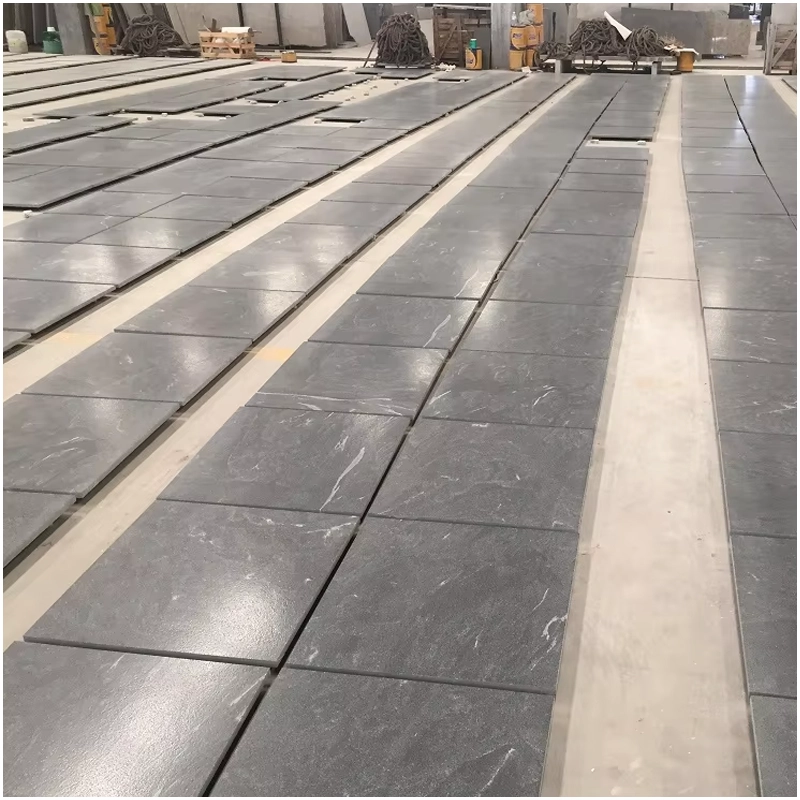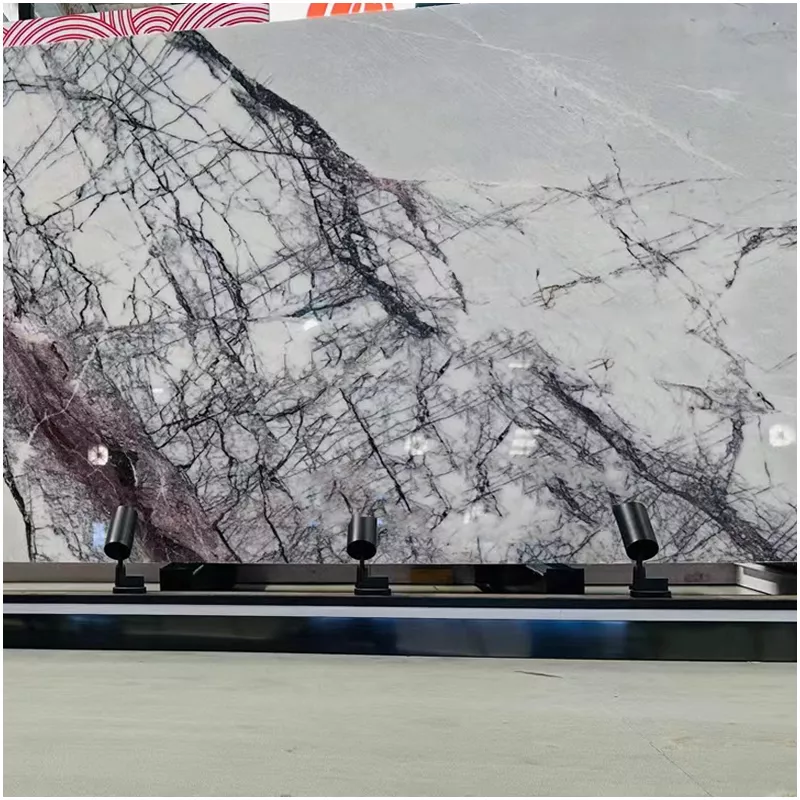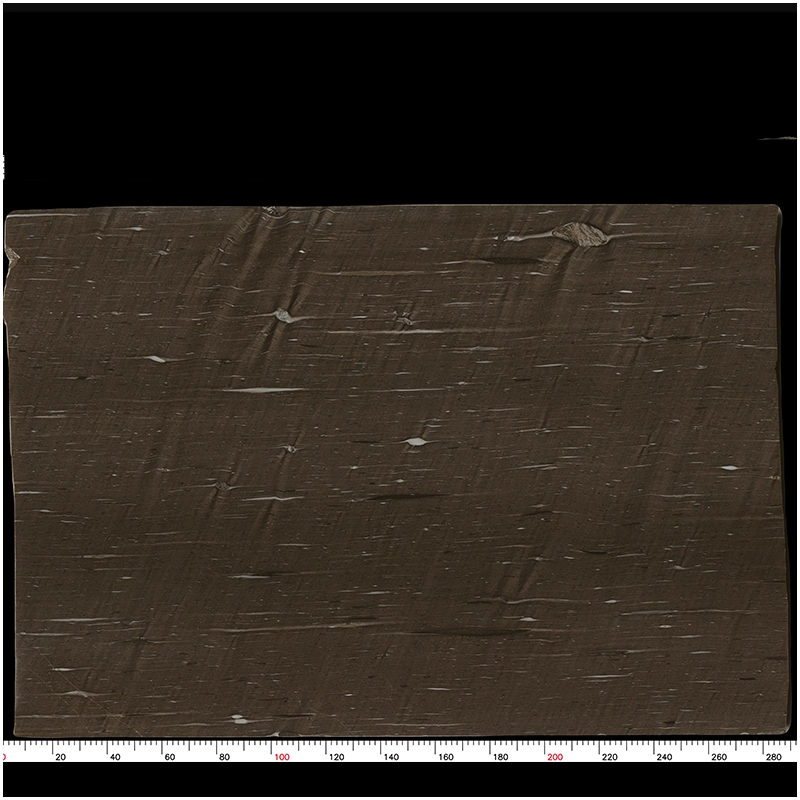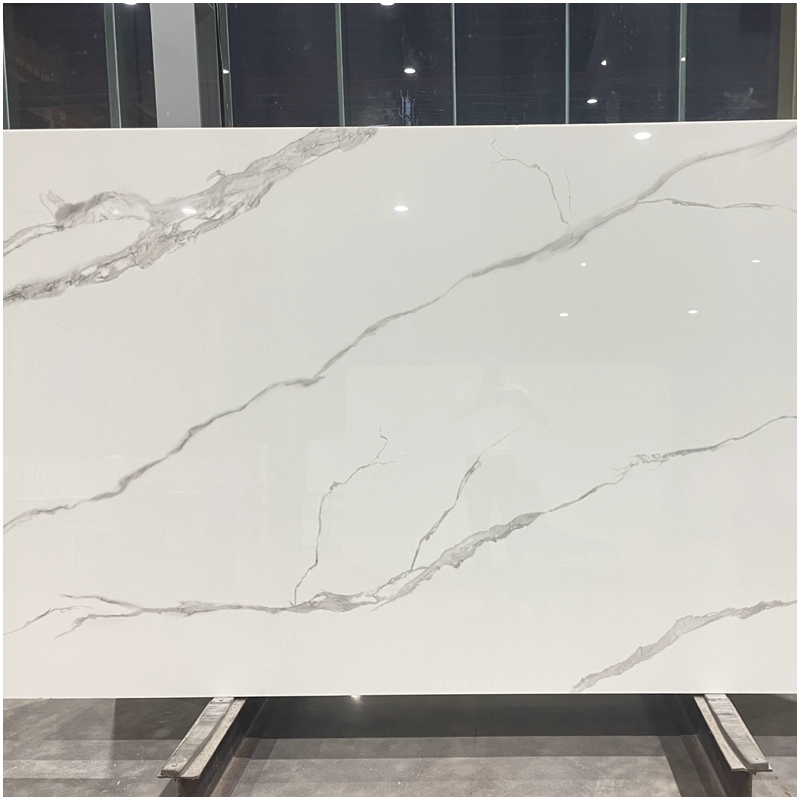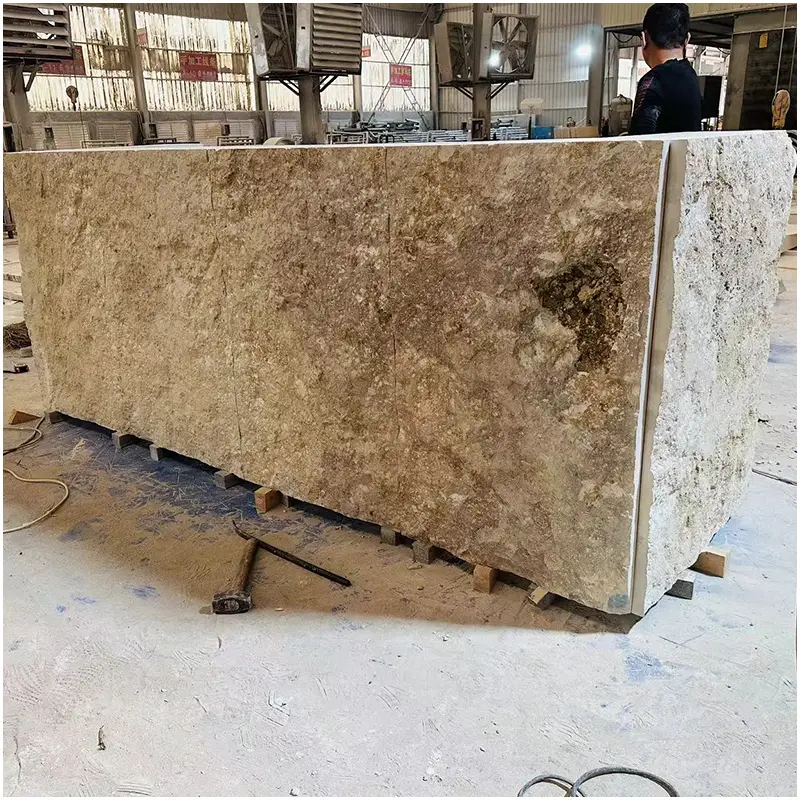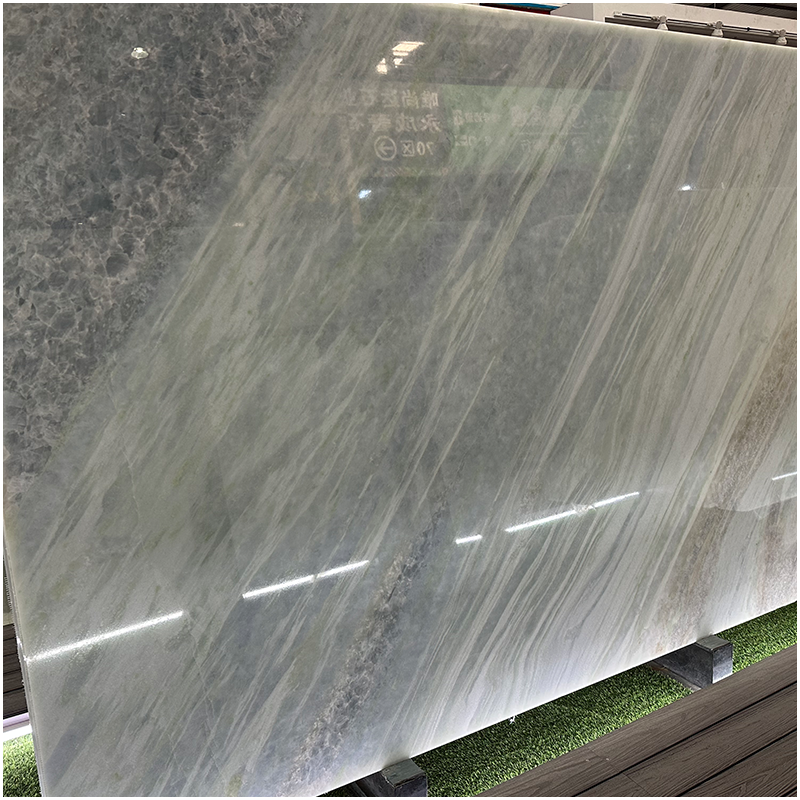Countertops are an important part of your kitchen and bathroom renovation, and if you don’t choose the right materials, you’ll be left with hidden dangers for future use and maintenance.
How to Choose between Marble, Artificial stone and Granite Countertops?
Many of my customers are similarly confused at the beginning of their kitchen and bathroom renovation choices. First of all, natural stone countertops of two categories: marble and granite, marble is the crust of the rock through the role of crustal internal forces formed by metamorphic rocks, the composition of calcium carbonate as the main. Granite is an igneous rock formed by the condensation and crystallisation of underground magma or lava from volcanic eruptions, and its composition is dominated by silica. Therefore, there are obvious differences between marble and granite in terms of nature and application.

marble countertop
Marble countertops are rich in pattern, resembling landscape, with soft and delicate colour. But usually we do not recommend the use of marble countertops in the kitchen, because marble is softer, easy to rupture and seepage, and then need frequent maintenance, not very good care. When you choose natural stone, you can pay attention to observe the back of the grid, because the stone itself is relatively brittle, not strong enough, so add the grid. Therefore, marble countertops we basically used in the bathroom, because the bathroom countertops generally do not have oil stains, will not produce a strong impact on the countertop. However, if you use hair dye in the bathroom, you still need to avoid direct contact with the hair dye on the marble countertop.
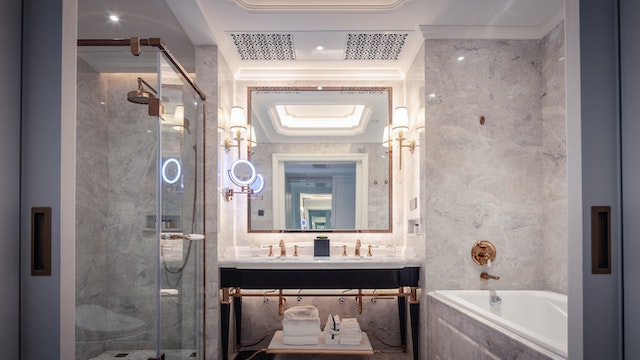
Granite Countertop
Granite Countertops are one of the materials often used in traditional bathroom and kitchens. As a natural stone, granite, including Granite Bathroom Countertops, has a slightly less uniform color than marble worktops, and generally has the advantage of being harder, denser, and more hard-wearing. This makes it an excellent choice not only for kitchen surfaces but also for bathroom countertops, where its durability and unique color variations can add a touch of elegance to any bathroom space.

There are a few things to keep in mind when working with natural stones:
- Colour matching problem: Usually the kitchen needs multiple boards to be installed, I would recommend checking whether there is obvious colour difference between different boards under sufficient indoor light before installation, to avoid obvious difference in the colour texture of the two boards’ joints only after installation in the kitchen. At the same time, pay attention to the seam level of the construction personnel to prevent aesthetic impact and hygiene hazards.
- seepage problem: natural stone there are small holes, usually good natural stone in the factory, the surface has been sealed processing. After the use of the process, every 1-2 years, the use of sealing protective agent for re-sealing can be.
- Maintenance issues: It is best to clean with a damp cloth. If cleaning agents are used, they should generally be pH neutral. Avoid using acidic and highly corrosive chemical cleaners when cleaning.
Artificial Stone Countertop
In recent years, the use of artificial stone countertops has become a trend. The advantage of artificial stone is the uniformity of colour, while its disadvantage is also the lack of naturalness of the texture of a single colour. In terms of use, artificial stone is relatively stronger and more durable, while it does not have the natural stone pore, more resistant to stains and antibacterial, do not need to use sealing agent for regular maintenance.
If you like a modern minimalist style and want something simple and easy to maintain, artificial marble slabs is the first choice for kitchen worktops. We also take into account the decorative scheme of the house, so if you are planning to live in the house for a long time, then you can choose your favourite material and just need to pay a little more attention to the maintenance. Of course, in addition to these three major stone materials, there are many other countertops available, such as stainless steel countertops, wood countertops, cement countertops and so on, which can be explored separately.

Conclusion
In conclusion, when selecting the ideal countertop material for your kitchen and bathroom renovation, it’s crucial to consider your specific needs and preferences. Natural stone options like marble and granite offer timeless beauty but come with maintenance requirements and may be better suited for certain spaces. Marble, with its intricate patterns, finds its home in bathrooms due to its softness, while granite’s durability makes it a versatile choice for both kitchens and bathrooms.
On the other hand, artificial stone countertops provide uniformity in color and durability, making them a low-maintenance choice that’s particularly well-suited to modern and minimalist design preferences. It’s essential to assess factors like color matching, sealing, and cleaning when working with natural stones, as they require regular care to maintain their aesthetic appeal and hygiene.
Ultimately, the choice between marble, granite, or artificial stone hinges on your lifestyle, design preferences, and maintenance commitment. Beyond these three primary options, there’s a wide array of other countertop materials available, each with its unique characteristics, allowing you to tailor your choice to your specific needs and design aspirations.
Related Products

